Home>Garden Essentials>When To Plant Flower Seeds For Spring
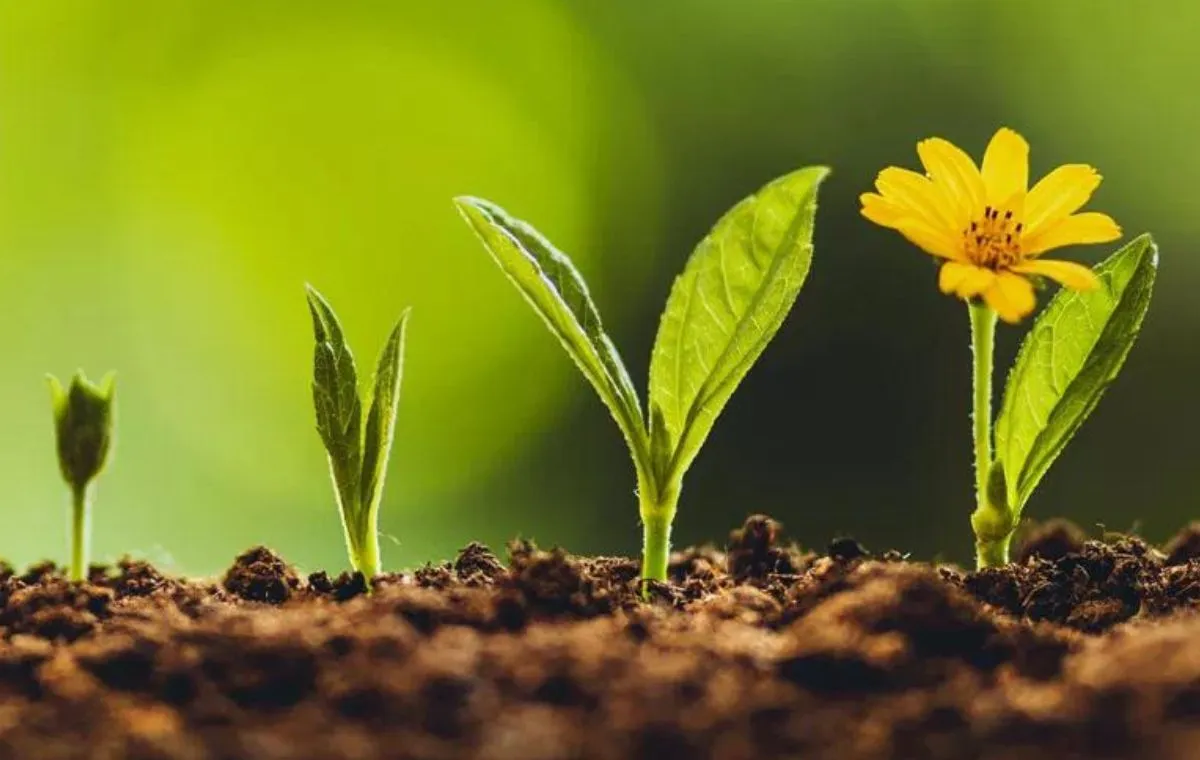

Garden Essentials
When To Plant Flower Seeds For Spring
Modified: March 15, 2024
Discover the perfect time to plant flower seeds for your garden and ensure a vibrant spring bloom. Expert tips and guidelines for successful gardening.
(Many of the links in this article redirect to a specific reviewed product. Your purchase of these products through affiliate links helps to generate commission for Storables.com, at no extra cost. Learn more)
Introduction
Springtime brings with it an explosion of vibrant colors and fragrant blooms, making it the perfect season to plant flower seeds. Whether you’re an experienced gardener or a novice with a green thumb, growing flowers from seeds can be a rewarding and fulfilling experience. Not only does it allow you to witness the entire lifecycle of a plant, but it also gives you the freedom to choose from a wide variety of flower species and cultivars.
However, to ensure successful germination and flourishing blooms, it’s important to know the optimal time to plant flower seeds for spring. This article will guide you through the factors to consider, the best time to plant, and the necessary steps for planting and caring for your flower seedlings.
Before delving into the details, let’s explore why planting flower seeds is such a popular practice among gardeners. Firstly, it is more cost-effective than buying mature plants from nurseries. Seeds are relatively inexpensive and can produce a large number of plants. Secondly, growing flowers from seeds allows you to have a wider selection of flower varieties, giving you the opportunity to create a unique and diverse garden. Finally, planting flower seeds allows you to have full control over the entire process, from seed selection to transplanting, ensuring that your flowers are nurtured with care.
Now that we understand the benefits of planting flower seeds, let’s delve into the factors you should consider before starting your seed-growing adventure.
Key Takeaways:
- Timing is crucial when planting flower seeds for spring. Start sowing indoors 6-8 weeks before the last frost, or directly sow in early spring for a vibrant and colorful garden.
- Prepare the soil, choose the right flower seeds, and follow proper care steps to ensure successful germination and growth of your flower seedlings. Happy planting!
Read more: When To Start Seeds For Spring Planting
Factors to Consider when Planting Flower Seeds
Planting flower seeds requires careful consideration of several factors to ensure the success of your garden. By taking these factors into account, you can create a favorable environment for germination and growth. Here are some important factors to consider:
- Climate: Different flower species have specific temperature and climate requirements. Research the preferred climate conditions for the flowers you intend to grow and ensure that your region’s climate is suitable for their growth.
- Sunlight: Most flowering plants require a minimum of six hours of direct sunlight daily. Take note of the sunlight patterns in your garden, including areas that receive partial shade or full shade. Choose flower seeds that are well-suited to the amount of sunlight available in your garden.
- Soil Type: The kind of soil in your garden plays a crucial role in the success of your flower seeds. Conduct a soil test to determine its pH level and nutrient content. Some flowers prefer acidic soils, while others thrive in alkaline or neutral soils. Additionally, ensure that your soil is well-drained to prevent waterlogging.
- Watering: Adequate watering is essential for the germination and growth of flower seeds. Consider the watering needs of the flower species you plan to grow. Some flowers require more frequent watering, while others can tolerate drier conditions. Develop a watering schedule that meets the needs of your flower varieties.
- Companion Planting: Selecting the right companion plants plays a vital role in promoting the overall health and well-being of your flower garden. Some flowers benefit from being planted alongside specific companion plants that deter pests, provide shade, or improve soil fertility. Research companion planting strategies to maximize the success of your flower seeds.
- Pest and Disease Resistance: Different flower species exhibit varying levels of tolerance to pests and diseases. Consider choosing flower seeds that have natural resistance to common garden pests or diseases prevalent in your area. This will reduce the need for chemical pesticides and promote a healthier garden ecosystem.
By considering these factors, you can select flower seeds that are well-suited to your garden’s conditions, ensuring a higher chance of successful growth and abundant blooms. Now, let’s move on to the best time for planting flower seeds for spring.
Best Time to Plant Flower Seeds for Spring
Timing is crucial when it comes to planting flower seeds for spring. To ensure the optimal conditions for germination and growth, it’s essential to plant your seeds at the right time. The ideal time for planting flower seeds varies depending on your location and the specific flower species you plan to grow.
In general, it’s recommended to start sowing flower seeds indoors 6-8 weeks before the last frost date in your region. This allows the seedlings to develop and become strong enough to be transplanted outdoors when the weather is suitable.
If you live in an area with a mild climate or a longer growing season, you may be able to directly sow flower seeds outdoors in early spring. However, if you’re in an area with a late frost or cooler temperatures, it’s best to start the seeds indoors and then transplant them outside once the risk of frost has passed.
Keep in mind that each flower species has different germination requirements. Some flowers, like sweet peas or poppies, prefer to be sown directly into the ground in early spring, as they don’t transplant well. Others, such as marigolds or pansies, benefit from starting indoors before transplanting.
Consult the seed packets or do some research to determine the specific requirements for the flowers you plan to grow. These guidelines will provide valuable information on when and how to sow the seeds for optimal results.
Furthermore, it’s important to consider the length and duration of the flowering period when planning your garden. Some flowers, like tulips or daffodils, require a period of dormancy and should be planted in the fall for spring blooms. Others, such as zinnias or sunflowers, can be planted in the spring for summer-long displays.
By understanding the optimal planting times for different flowers, you can create a garden that blooms continuously throughout the spring and into the summer, providing you with a vibrant and colorful landscape.
Now that you know when to plant your flower seeds, let’s explore the steps to prepare the soil and sow the seeds for successful germination and growth.
Preparing the Soil for Planting
Before sowing your flower seeds, it’s crucial to prepare the soil to create an ideal growing environment for your plants. Proper soil preparation ensures good drainage, nutrient availability, and the right texture for healthy root development. Here are the steps to prepare the soil for planting:
- Clear the Area: Start by clearing the planting area of any weeds, rocks, or debris. This creates space for your flower seeds to grow without competition from unwanted plants.
- Loosen the Soil: Use a garden fork or a tiller to loosen the soil to a depth of at least 6-8 inches. This allows for better root penetration and drainage.
- Remove Sod or Grass: If you are creating a new flower bed or planting directly in your lawn, remove the sod or grass layer. You can use a shovel or a sod cutter to cut through the turf and remove it. This prevents the grass from competing with your flower seeds for nutrients and space.
- Add Organic Matter: Incorporate organic matter into the soil to improve its nutrient content and structure. You can use compost, well-rotted manure, or peat moss to enrich the soil. Spread a layer of organic matter evenly over the planting area and mix it with the soil using a rake or a garden fork.
- Level the Soil: Smooth out the soil surface using a rake to create a uniform and level planting area. This will make it easier to sow the flower seeds evenly.
- Test the Soil pH and Amend if Necessary: Use a soil testing kit to determine the pH level of your soil. Most flowers prefer a slightly acidic to neutral pH. If your soil is too acidic, you can add lime to raise the pH. If it’s too alkaline, you can add sulfur or peat moss to lower the pH.
- Add Fertilizer: Depending on the nutrient needs of your flower seeds, you may need to add a fertilizer. Choose a balanced fertilizer or one specifically formulated for flowering plants. Follow the package instructions for application rates and methods.
By following these steps, you’ll create a nutrient-rich and well-drained soil that provides the ideal foundation for your flower seeds to grow and thrive. With the soil prepared, you’re ready to move on to selecting the right flower seeds for your garden.
Plant flower seeds for spring in the early spring or late winter, depending on your climate. Check the seed packet for specific timing and follow the instructions for best results.
Choosing the Right Flower Seeds
When it comes to choosing flower seeds for your garden, the options may seem overwhelming. There are countless flower species, varieties, colors, and sizes to choose from. Here are some factors to consider to help you select the right flower seeds for your garden:
- Climate Adaptability: Ensure that the flower seeds you choose are suitable for your climate. Consider the temperature range, rainfall patterns, and humidity levels in your area. Some flowers thrive in warm climates, while others prefer cooler temperatures.
- Growth Habit and Size: Determine the growth habits and sizes of the flowers you’re interested in. Some flowers, like sunflowers or hollyhocks, have tall, upright stems, while others, like marigolds or petunias, have compact and bushy growth. Consider the available space in your garden and choose flowers that fit well without overcrowding.
- Bloom Time: Pay attention to the bloom time of the flower seeds you’re considering. Different flowers have varying flowering periods. Some bloom early in the spring, while others flower later in the season. Choose a mix of early, mid, and late-season bloomers to ensure continuous color throughout spring and into summer.
- Color Palette and Theme: Think about the color scheme and overall theme you want to achieve in your garden. Do you prefer a vibrant and diverse mix of colors, or a more cohesive and monochromatic palette? Consider how the colors of the flowers will complement each other and the surrounding landscape.
- Attractiveness to Pollinators: If you want to support pollinators like bees, butterflies, and hummingbirds, choose flower seeds that are known to attract them. Look for flowers with nectar-rich blooms and consider incorporating native plant species that are particularly beneficial for local pollinators.
- Preferred Growing Conditions: Different flowers have specific soil, sunlight, and watering requirements. Consider the conditions in your garden, such as soil type, sun exposure, and water availability, and choose flower seeds that are well-suited to those conditions.
- Personal Preference: Ultimately, let your personal taste and preferences guide your flower seed selection. Choose flowers that you find visually appealing, and ones that evoke positive emotions or memories. Gardening is a personal expression, so select flower seeds that resonate with you.
Take your time to research different flower species, read seed catalogs, and consult gardening experts to gather information about the flowers that interest you. By considering these factors and following your instincts, you’ll be able to choose a diverse and beautiful selection of flower seeds for your spring garden.
Now that you’ve chosen your flower seeds, it’s time to move on to the actual planting process. Let’s explore the steps to successfully plant your flower seeds.
Read more: When To Plant Grass Seed In The Spring
Steps to Planting Flower Seeds
Planting flower seeds requires attention to detail and following the proper steps to ensure successful germination and growth. Here are the essential steps to follow when planting your flower seeds:
- Read Seed Packets: Carefully read the instructions provided on the seed packets. They will provide valuable information about optimal planting depth, spacing, and any specific requirements for that particular flower species.
- Prepare Planting Holes: If you’re directly sowing the seeds into the ground, use a small trowel or your fingers to create planting holes in the soil. The depth of the holes will depend on the instructions on the seed packets.
- Sow the Seeds: Place the seeds in the prepared holes according to the recommended spacing. Gently cover the seeds with soil, following the specified planting depth. Some smaller seeds may require a light sprinkle of vermiculite or fine soil on top to ensure proper coverage while still allowing light to reach the seeds.
- Water the Soil: After planting the seeds, carefully water the soil. Use a gentle watering can or a mist setting on your hose to avoid displacing the seeds. Ensure that the soil is evenly moist but not saturated, as overly wet conditions can lead to rotting or fungal diseases.
- Label the Planting Area: Use plant markers or labels to identify the planted areas. This will help you keep track of the different flower varieties as they begin to grow.
- Cover the Seeds (If Required): Some flower seeds may require covering with a thin layer of mulch or a protective covering, such as a cloche or row cover. Follow the instructions on the seed packets to determine if this step is necessary.
- Provide Adequate Care: Once the seeds are planted, proper care is essential for their growth. This includes regular watering, monitoring for pests or diseases, and providing support, such as stakes or trellises, for taller flowers that may need assistance as they grow.
- Transplanting Seedlings (If Applicable): If you started your seeds indoors and are now transplanting the seedlings outdoors, carefully lift them from their containers, being mindful of the fragile roots. Dig a hole in the prepared soil and gently place the seedling into it, ensuring that the planting depth matches the level of the soil in the seedling container.
Remember to follow the specific instructions on the seed packets and adjust the steps according to the requirements of the flower species you are planting. By following these steps and providing proper care, you’ll give your flower seeds the best chance at thriving and producing beautiful blooms.
Now that you know how to plant flower seeds, let’s explore the necessary care and maintenance for your flower seedlings.
Caring for Flower Seedlings
After planting your flower seeds and watching them sprout into seedlings, it’s important to provide proper care to ensure their healthy growth and development. Here are some essential tips for caring for your flower seedlings:
- Watering: Seedlings have delicate root systems and can quickly dry out. Water them regularly, keeping the soil consistently moist but not waterlogged. Use a gentle misting or watering can to avoid disturbing the seedlings. Adjust the frequency of watering based on the specific needs of the flower species you’re growing.
- Thinning: If you sowed multiple seeds in one area, thin out the weaker seedlings to allow the stronger ones room to grow. This prevents overcrowding and competition for resources, leading to healthier and more vigorous plants.
- Weeding: Keep the area around your flower seedlings weed-free. Weeds compete for nutrients, water, and space, which can hinder the growth of your flowers. Regularly inspect your garden bed and remove any weeds carefully without damaging the seedlings’ roots.
- Protecting from Pests: Monitor your seedlings for pests, such as aphids, slugs, or snails. If you notice any signs of pest damage, take appropriate measures to control the infestation. This can include using organic pest control methods, like handpicking, or applying natural pest deterrents.
- Providing Support: Some flower seedlings, particularly taller varieties, may require support as they grow. Install stakes or trellises near the seedlings to provide stability and prevent them from bending or breaking due to wind or heavy rain. Tie the plants gently to the supports using soft garden twine or plant ties.
- Fertilizing: Depending on the nutrient needs of your flower seedlings, you may need to provide additional fertilization. Use a balanced fertilizer or one specifically formulated for seedlings. Follow the instructions on the fertilizer package for application rates and frequency.
- Hardening Off: Before transplanting your seedlings into the garden, gradually expose them to outdoor conditions through a process called hardening off. Start by placing the seedlings outside in a sheltered location for a few hours each day, gradually increasing the time over a week or two. This helps acclimate the seedlings to the outdoor environment and reduces the risk of transplant shock.
- Transplanting: When the seedlings have grown strong and the weather is suitable, transplant them into their permanent location in the garden. Dig a hole slightly larger than the root ball of the seedling and gently place it into the hole. Backfill with soil, firming it gently around the roots. Water thoroughly after transplanting to settle the soil.
By following these care guidelines, you’ll provide your flower seedlings with the nurturing environment they need to thrive. It’s important to remember that different flower species may have specific care requirements, so be sure to research the specific needs of your chosen flowers for optimal care.
With proper care and attention, your flower seedlings will grow into beautiful, vibrant plants, showcasing a magnificent display of colors and fragrances in your garden.
Now that you’re well-equipped with knowledge on caring for your flower seedlings, let’s conclude with some final thoughts.
Conclusion
Congratulations on embarking on your journey to plant flower seeds for spring! By considering the factors discussed, such as climate, sunlight, soil type, and watering, you’ll create the ideal conditions for successful germination and growth. Remember to choose flower seeds that align with your personal preferences and the needs of your garden.
Properly preparing the soil, whether by loosening it, adding organic matter, or adjusting the pH, sets the foundation for healthy plant development. Then, carefully sow your flower seeds at the appropriate depth and spacing, ensuring they receive adequate water and protection from pests.
As your flower seedlings begin to sprout, provide ongoing care by watering consistently, thinning out weaker seedlings, and protecting them from weeds and pests. Consider providing support to taller varieties and fertilizing as needed to promote strong growth.
When the seedlings are ready, harden them off gradually before transplanting them into the garden. Take care during the transplanting process to minimize stress on the plants, ensuring they settle into their new environment seamlessly.
Remember, gardening is a journey, and mistakes and setbacks may occur along the way. Embrace these learning experiences, adapt your approach as needed, and don’t be afraid to seek advice from fellow gardeners or gardening resources.
With patience, dedication, and a little bit of luck, your flower seeds will transform into beautiful blooms, filling your garden with colors, fragrances, and the joy of nature. Take the time to appreciate the fruits of your labor and share the beauty of your garden with others.
Happy planting, and may your spring garden be a blooming success!
Frequently Asked Questions about When To Plant Flower Seeds For Spring
Was this page helpful?
At Storables.com, we guarantee accurate and reliable information. Our content, validated by Expert Board Contributors, is crafted following stringent Editorial Policies. We're committed to providing you with well-researched, expert-backed insights for all your informational needs.
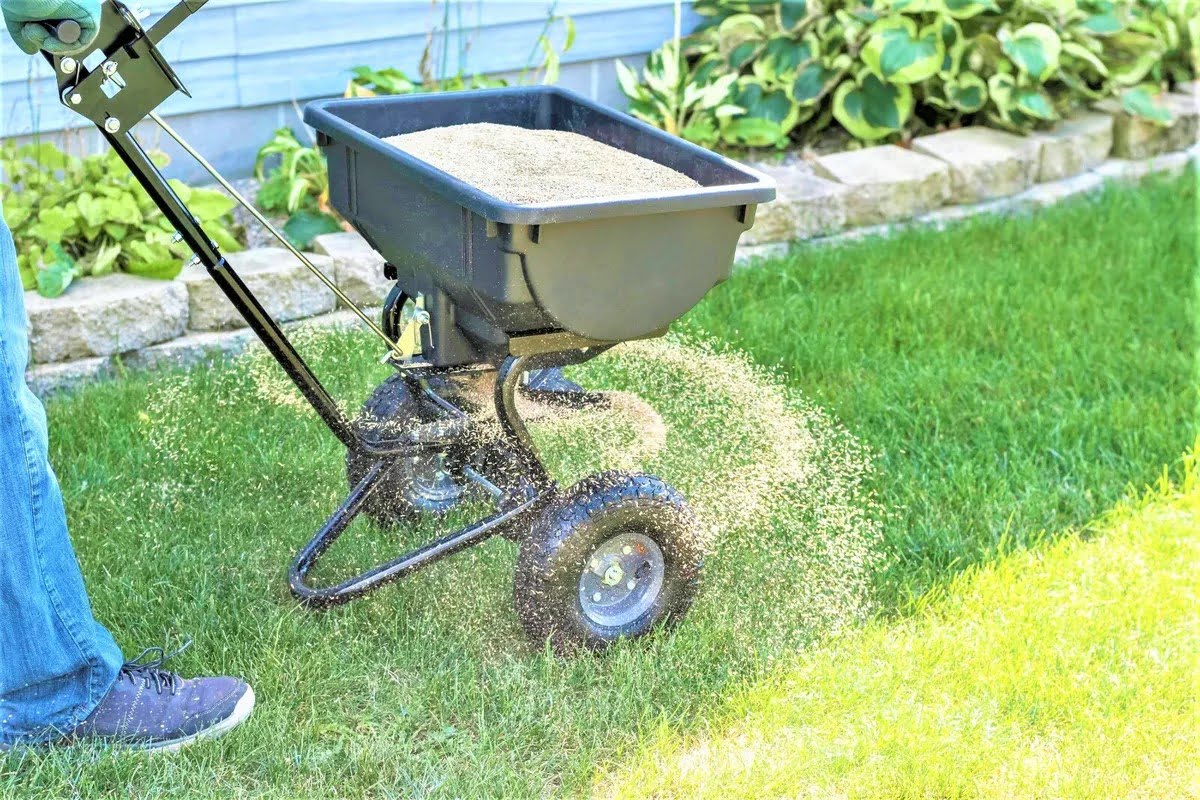
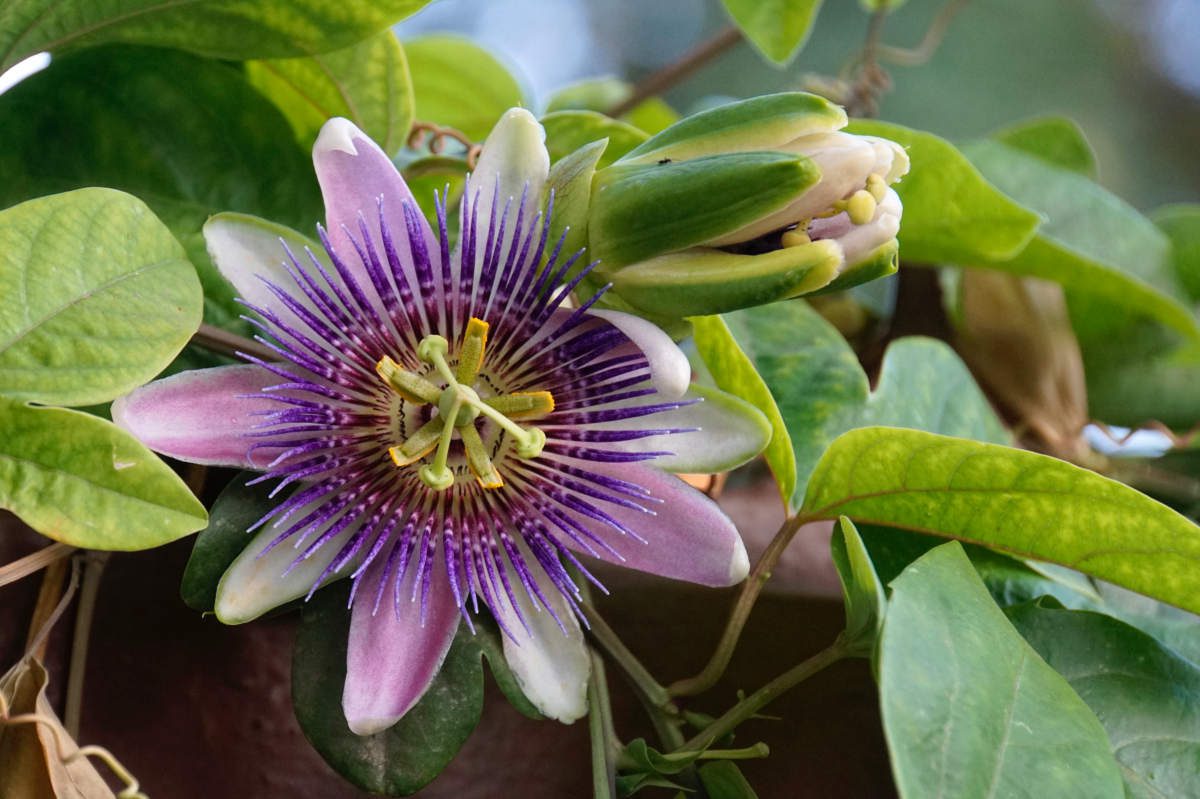
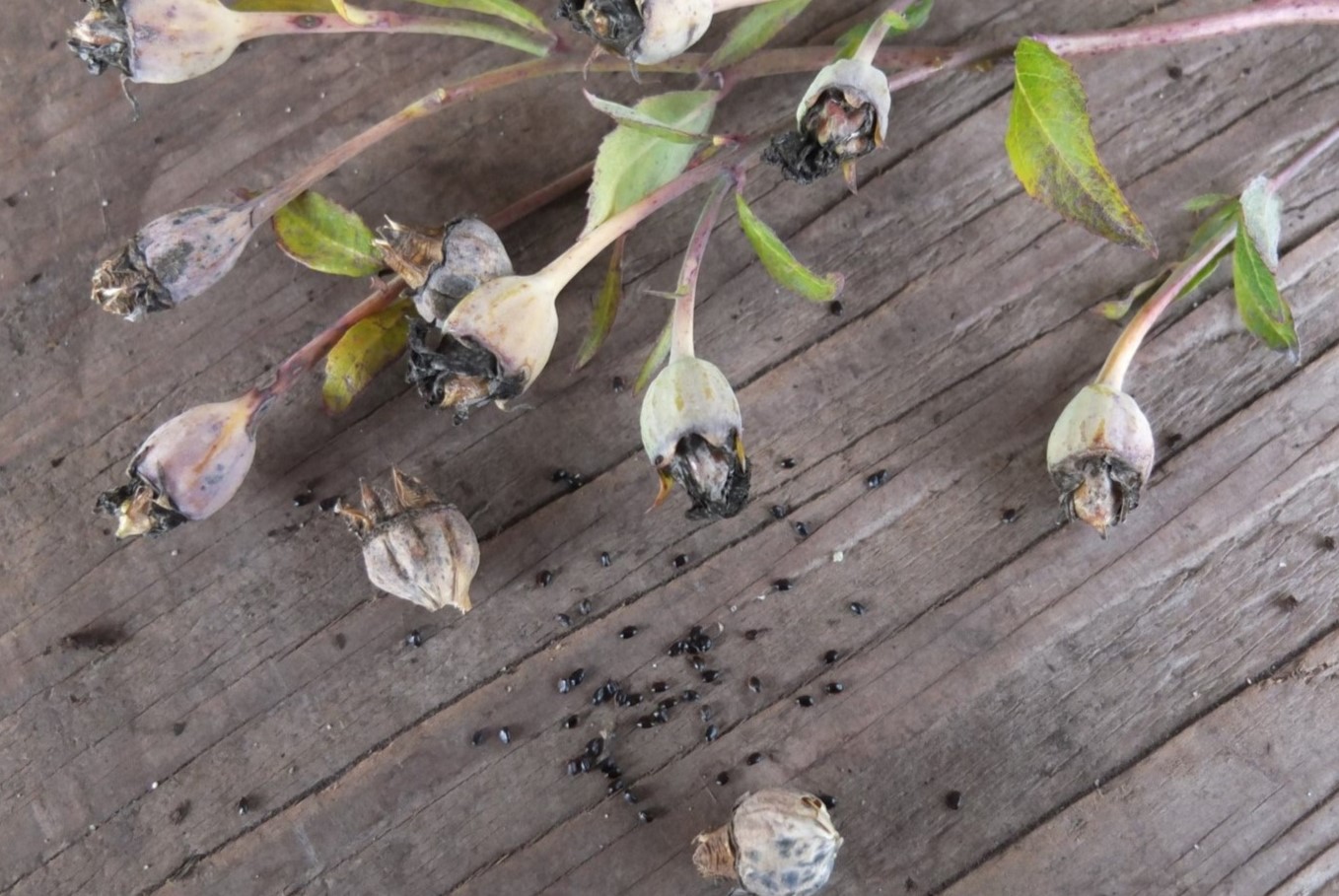
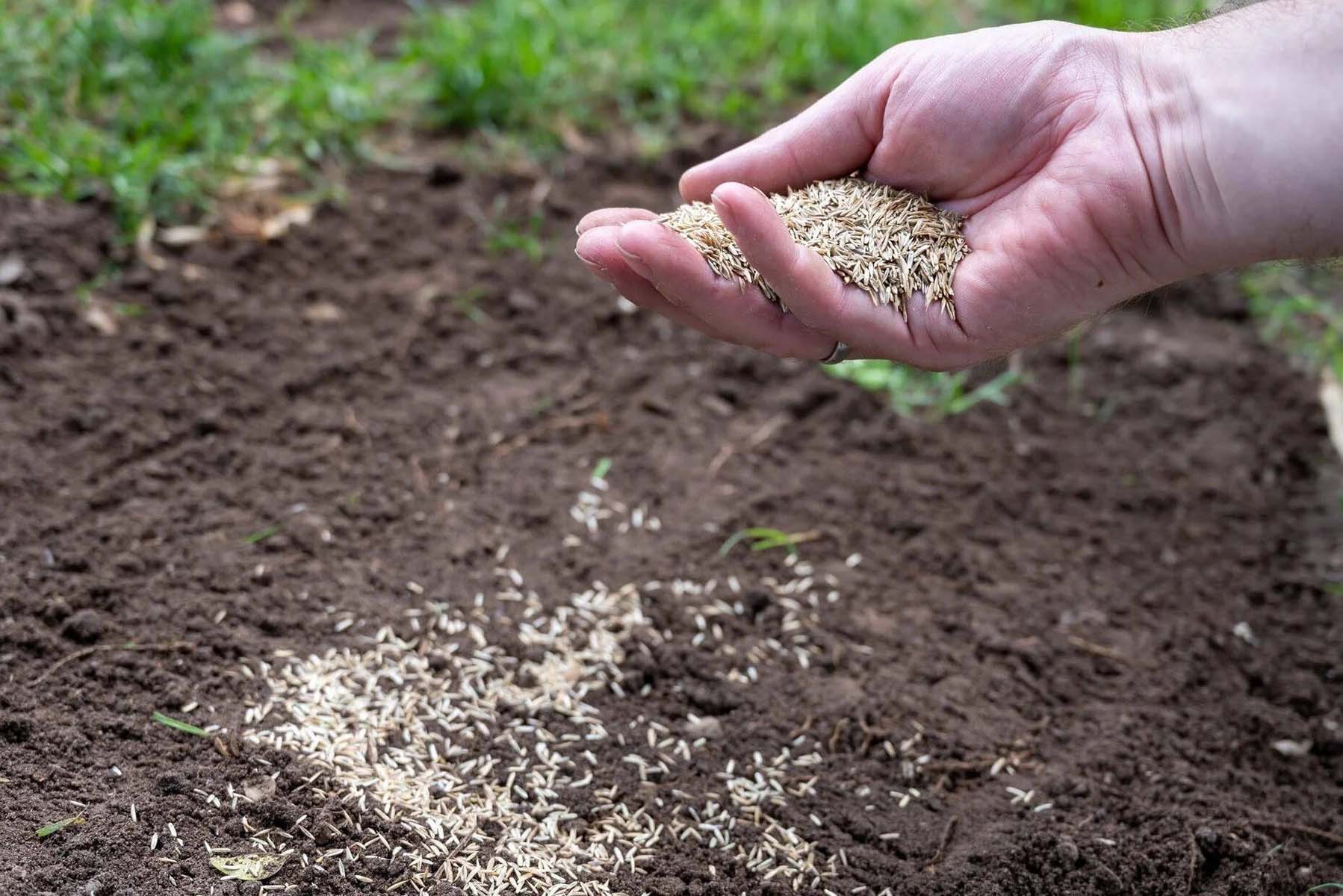
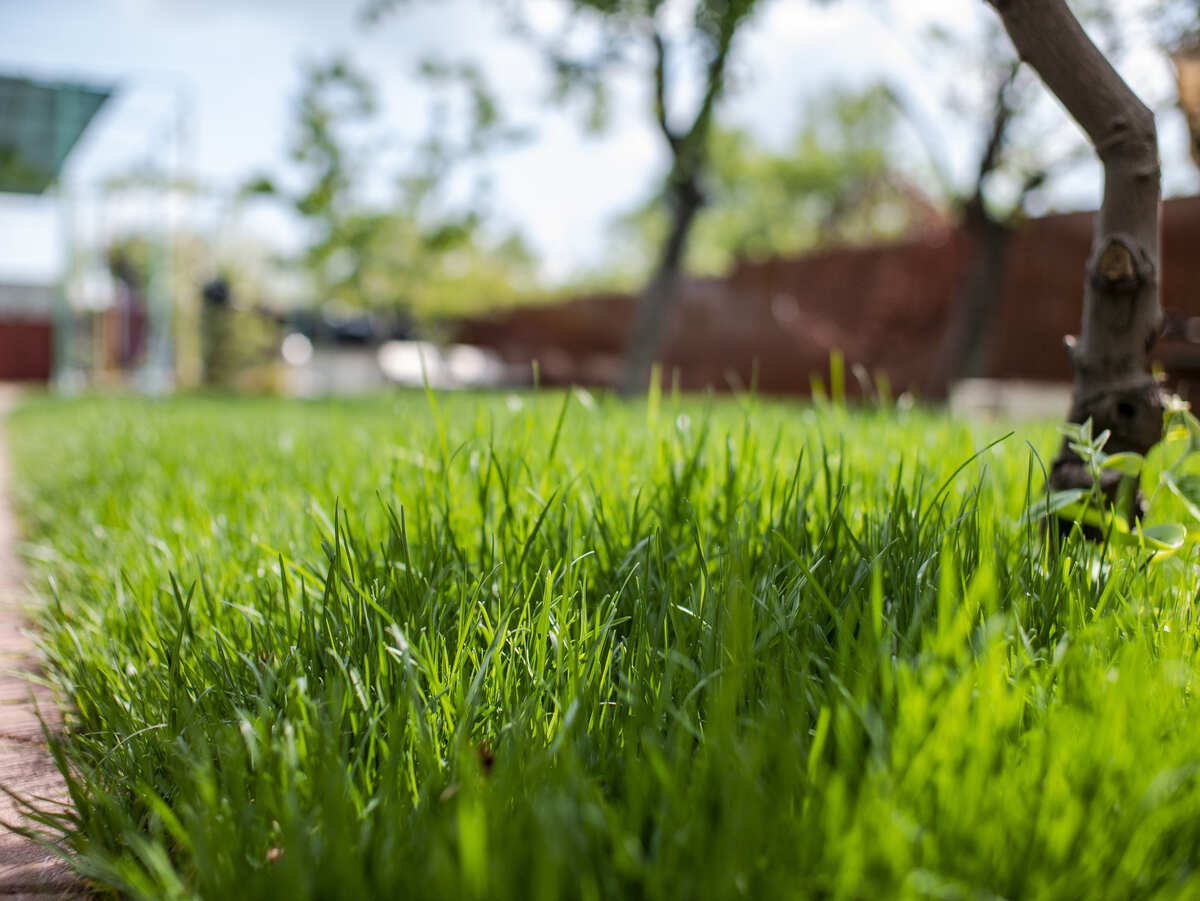
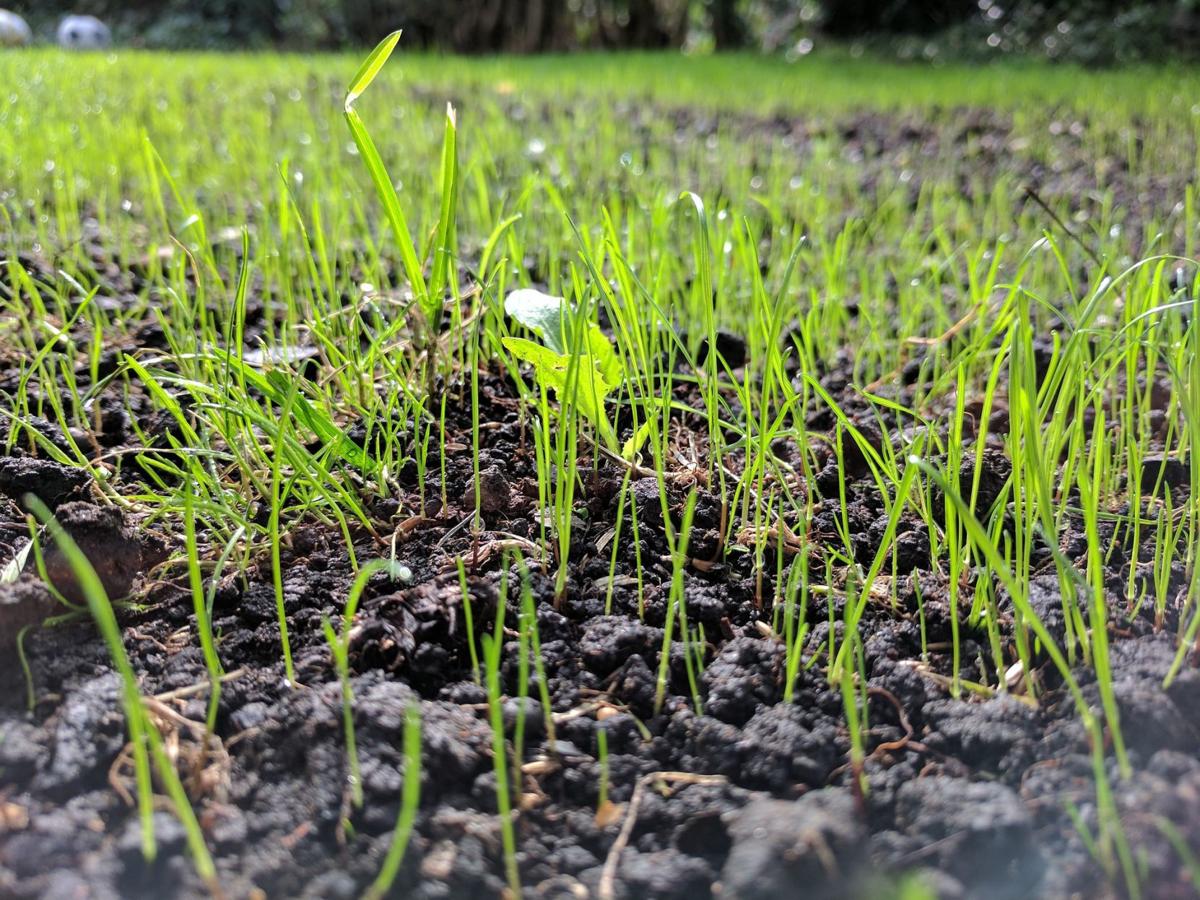
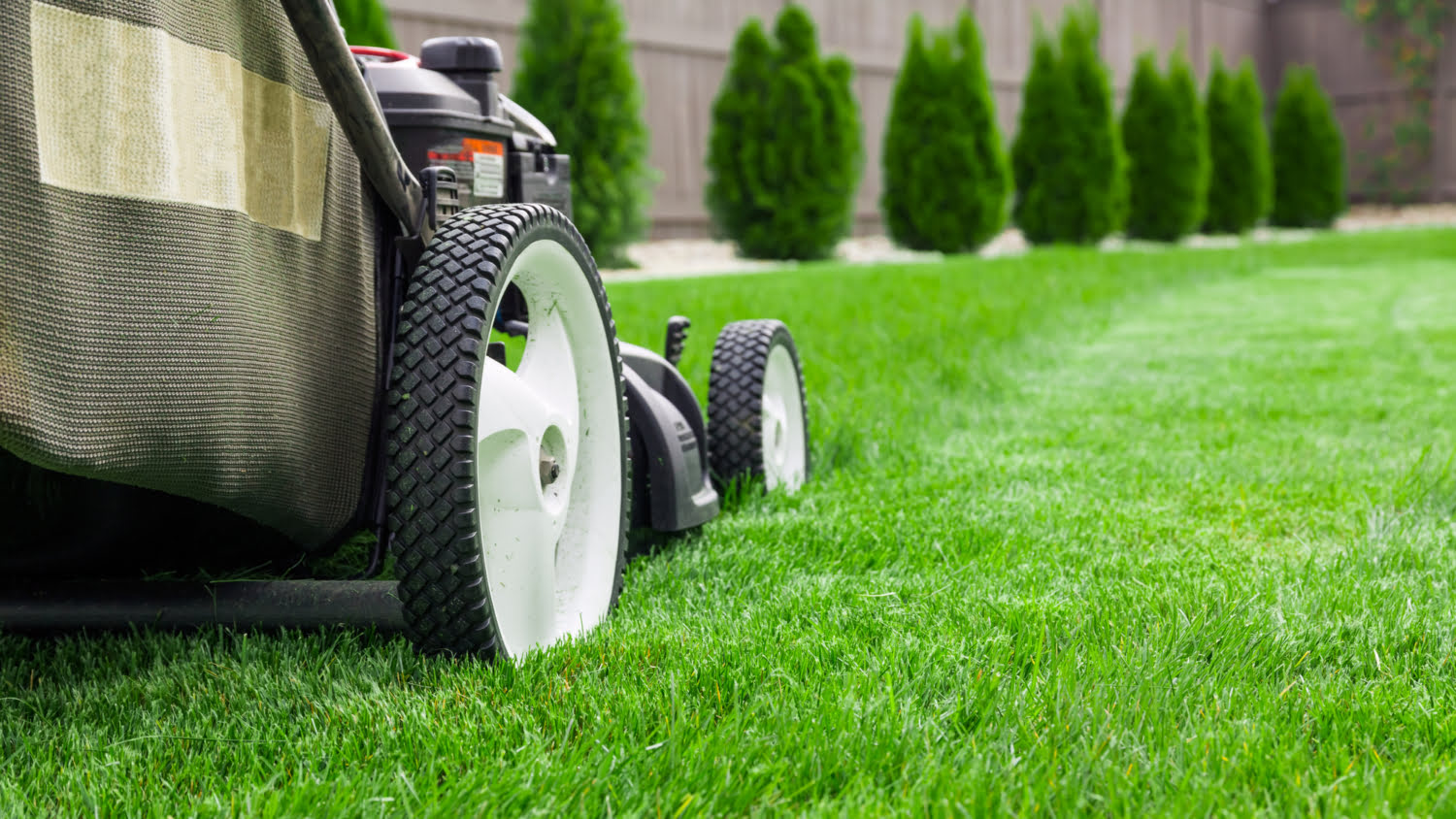
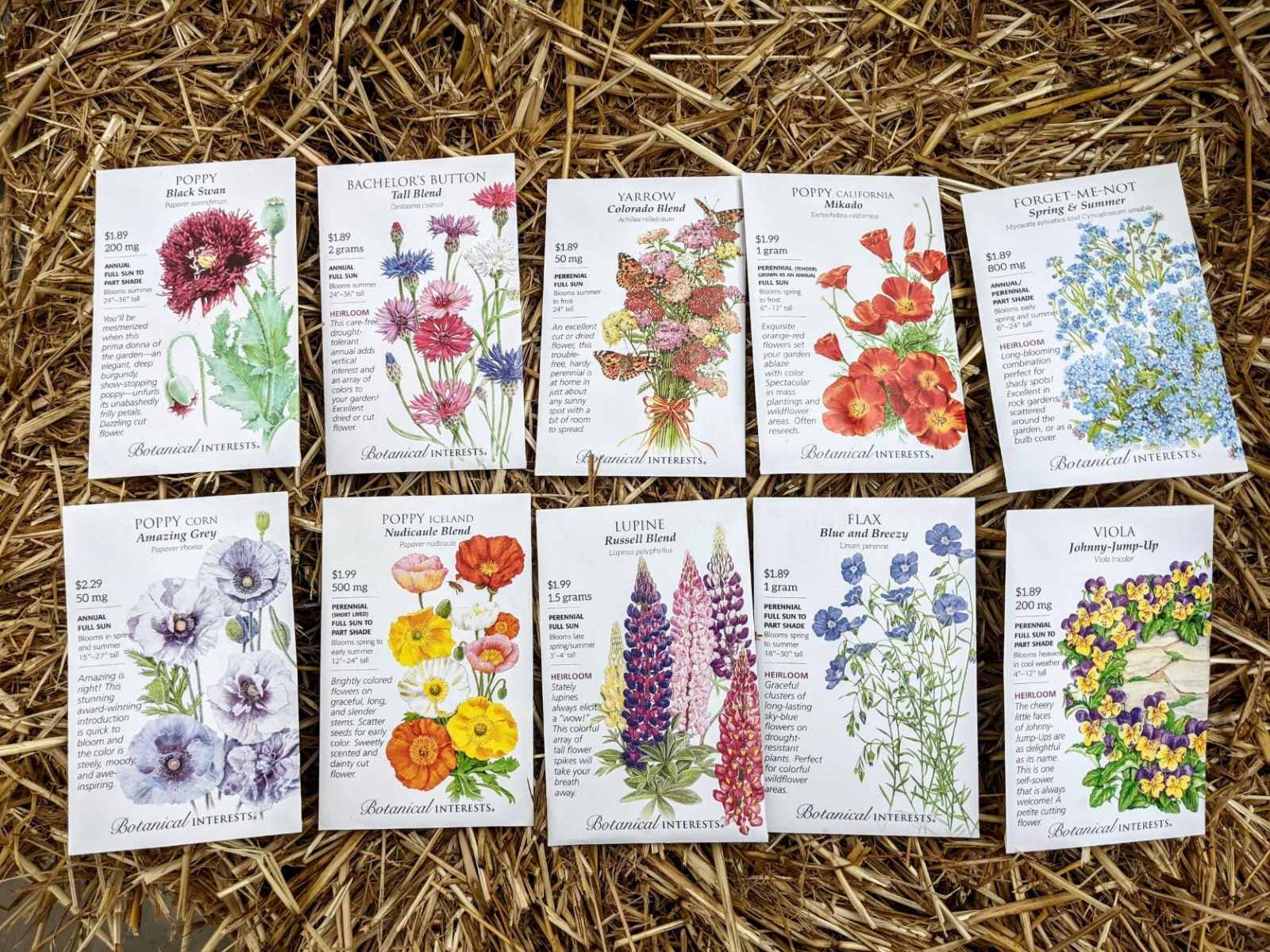
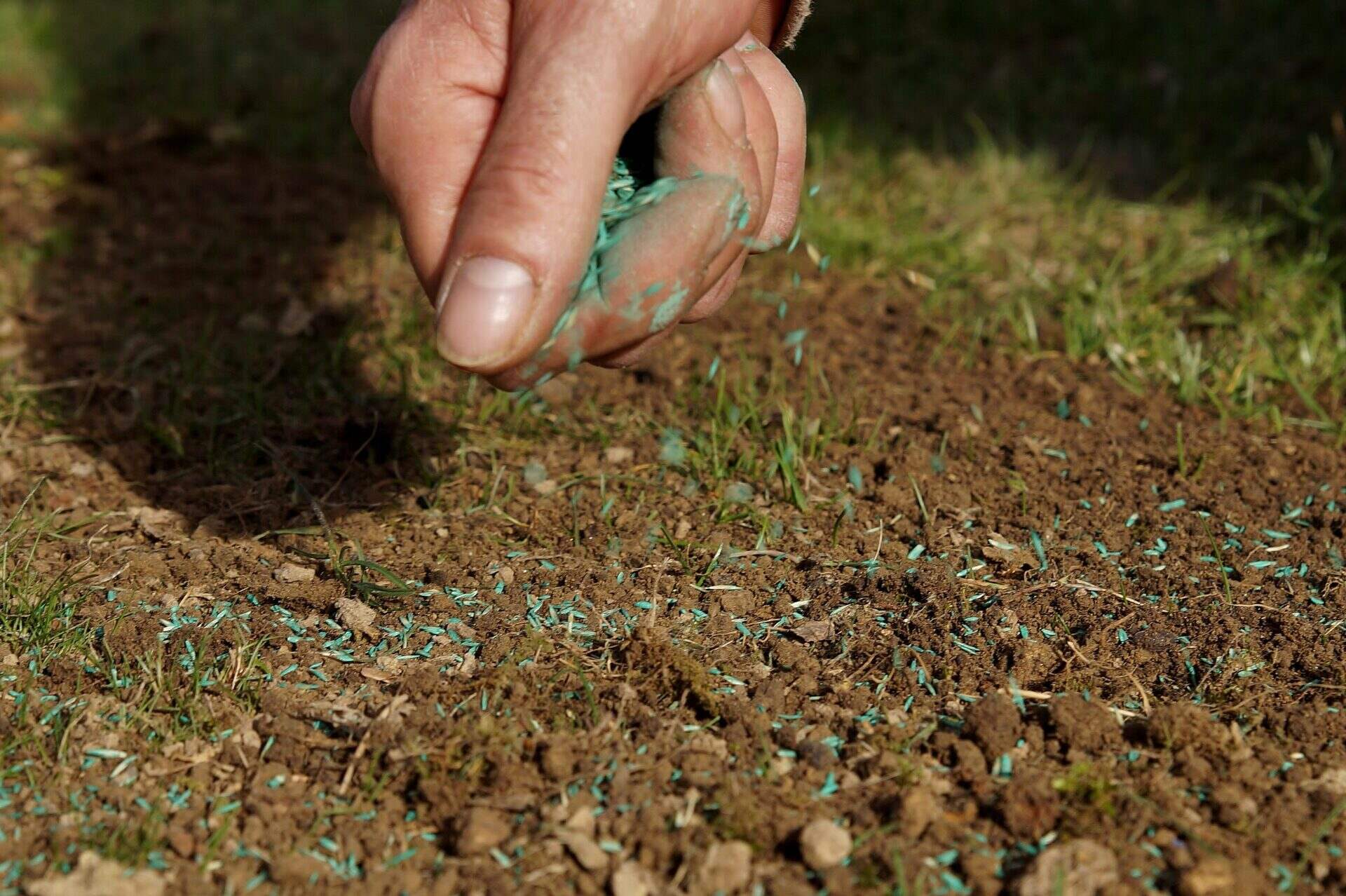
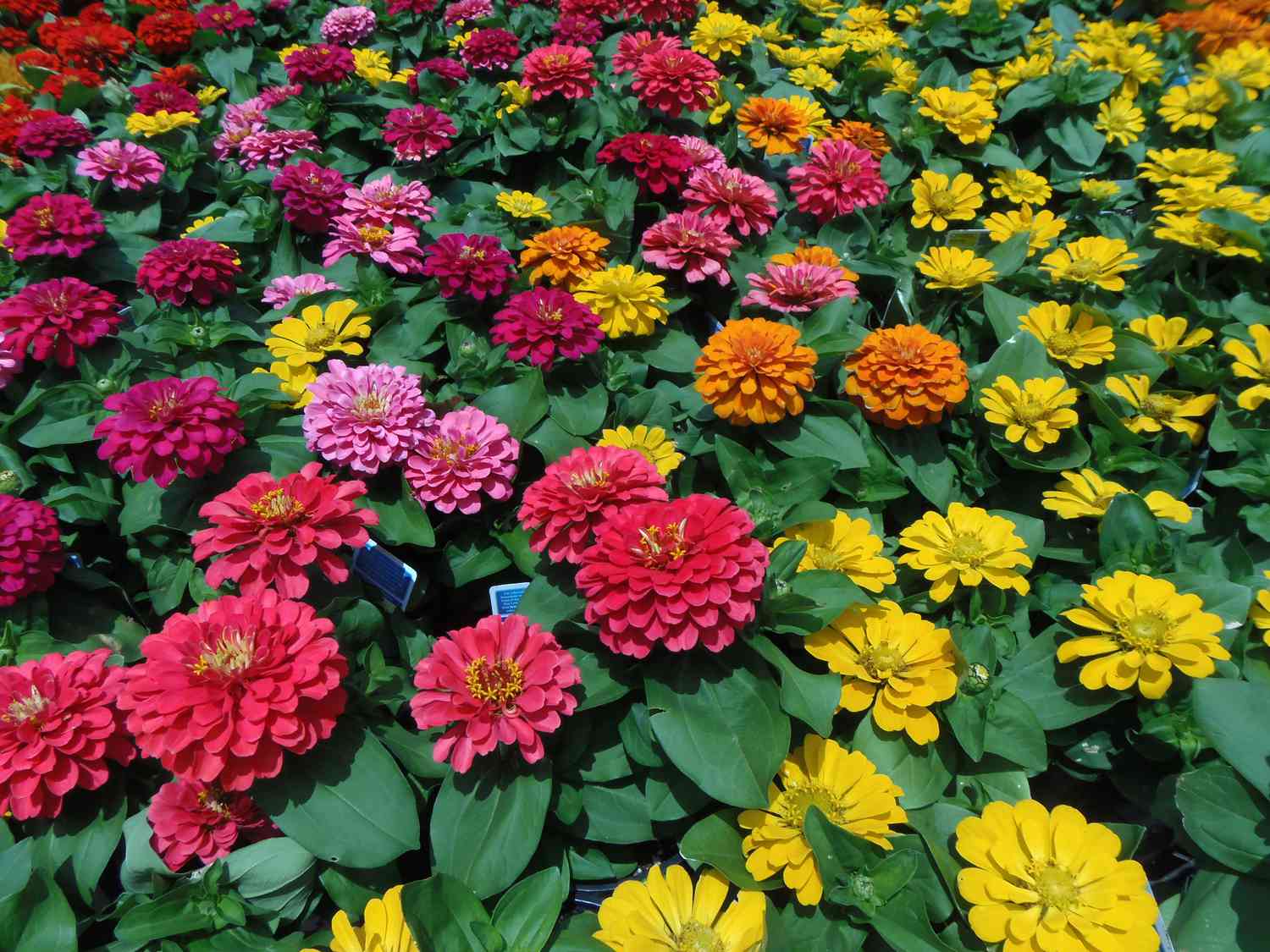
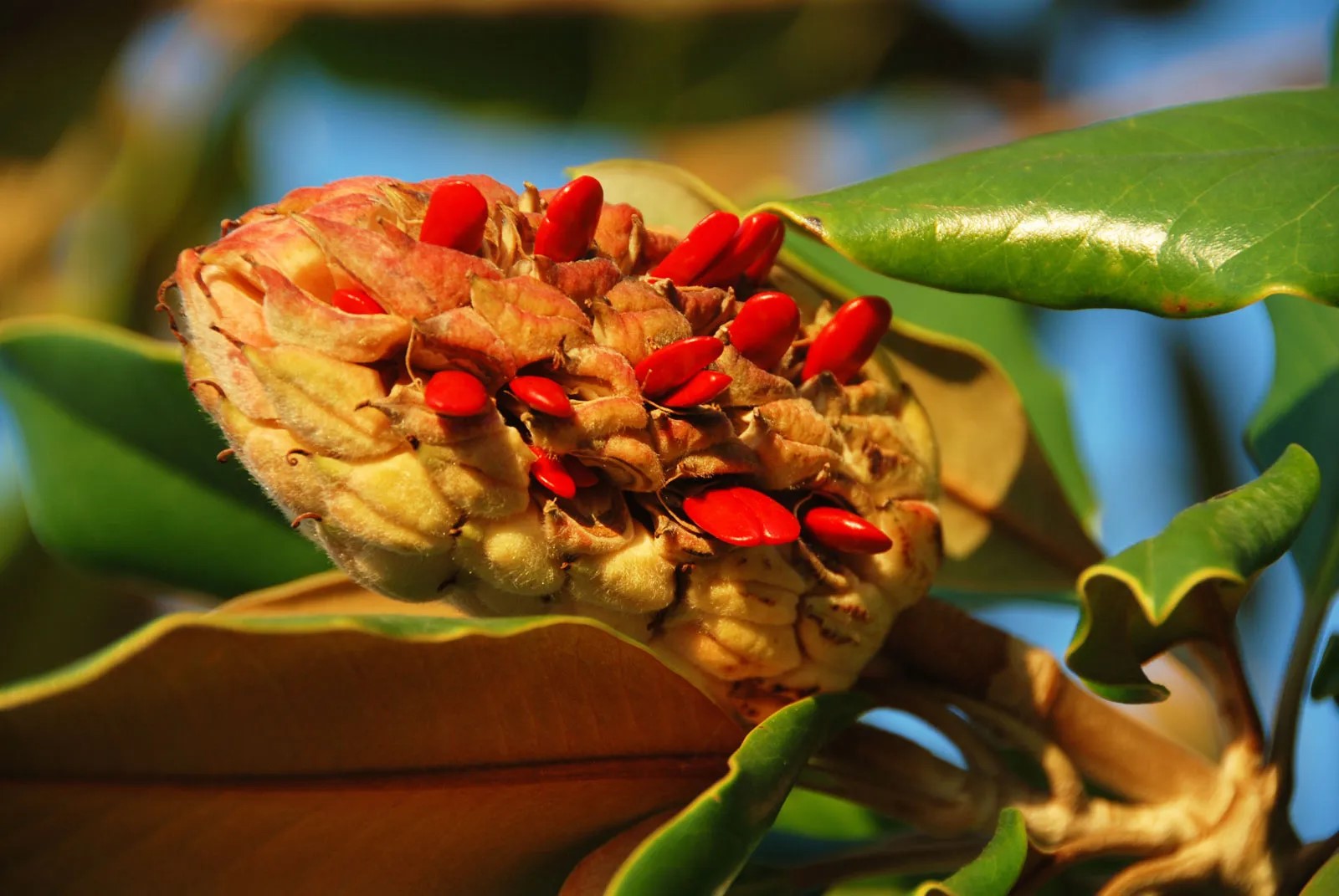
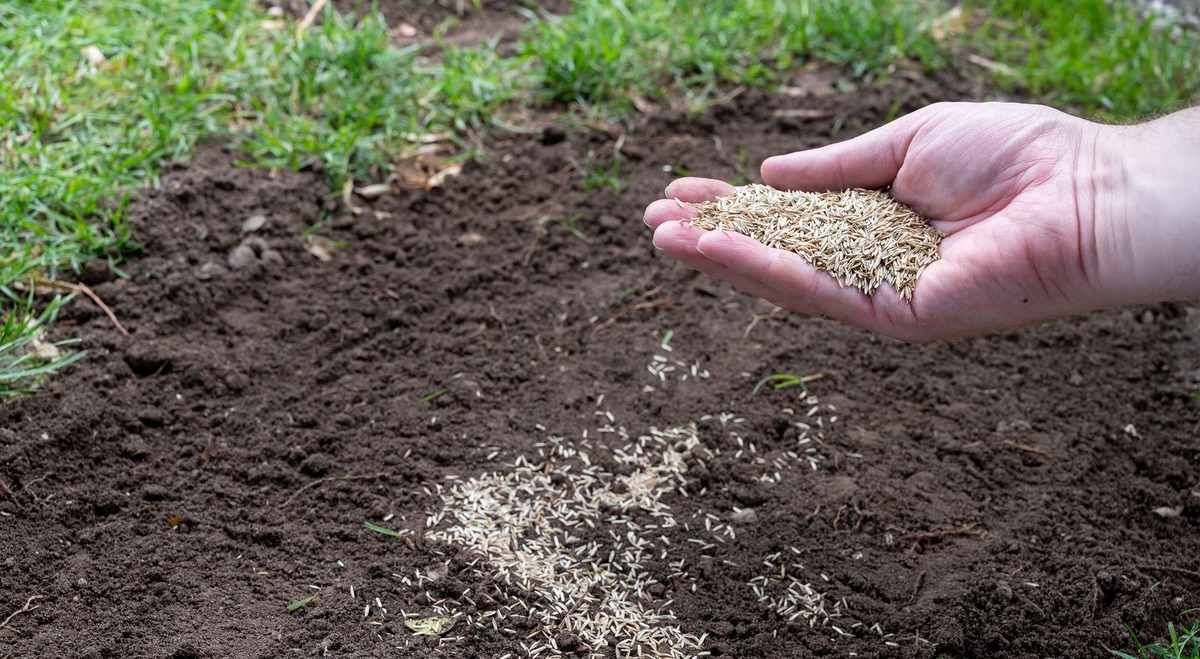
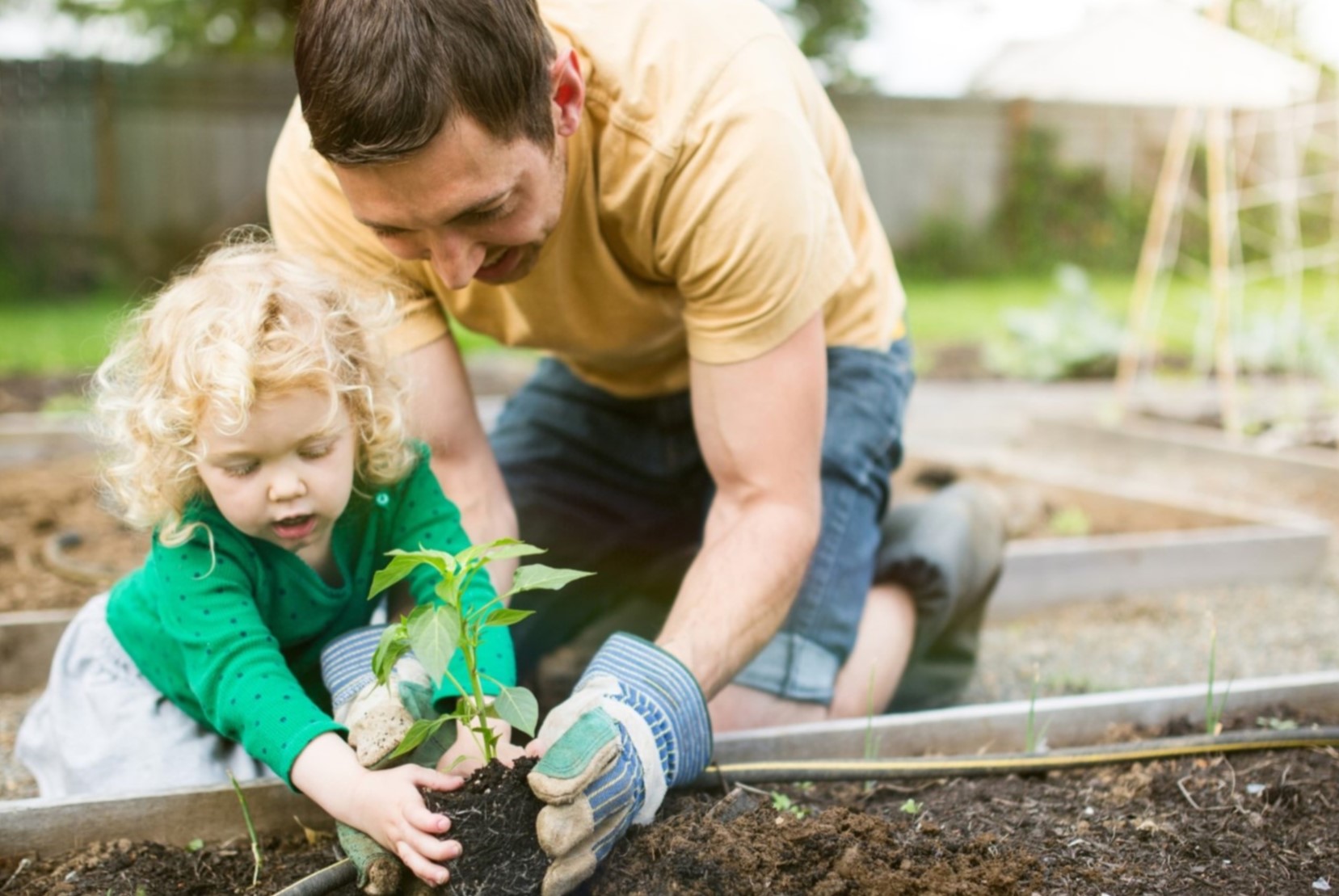
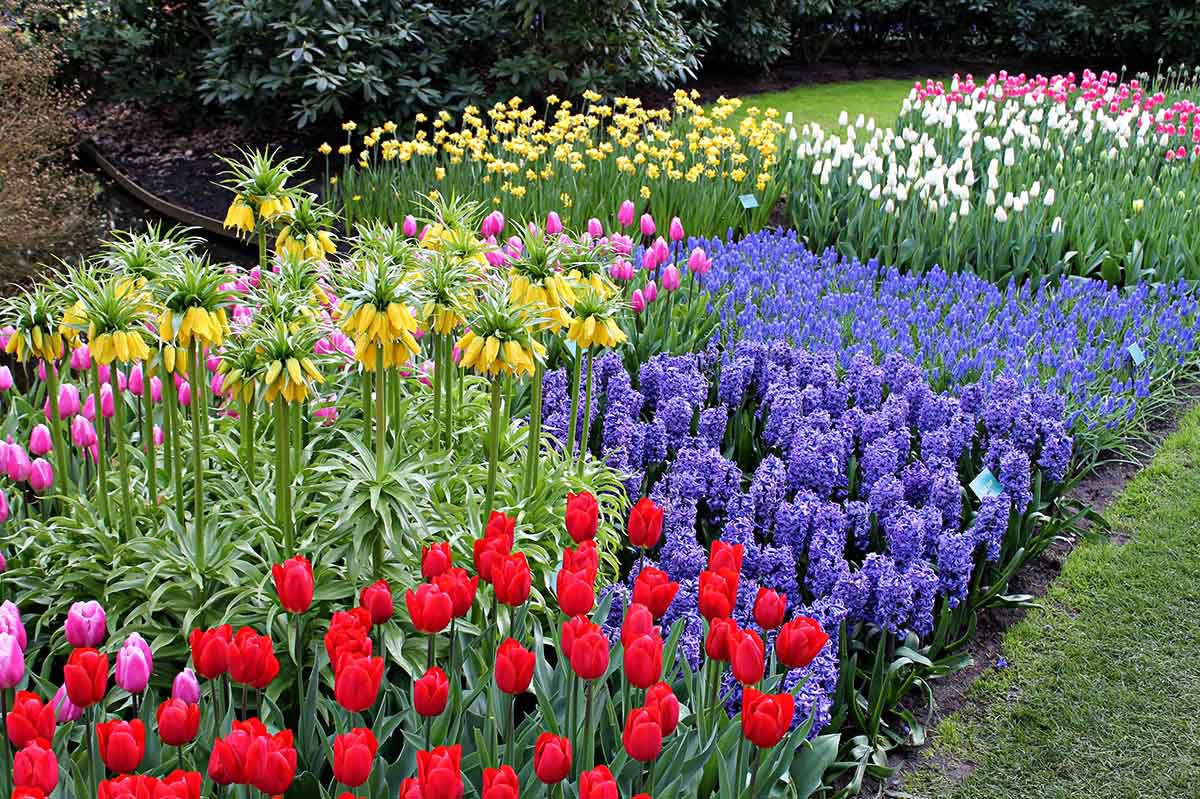

0 thoughts on “When To Plant Flower Seeds For Spring”